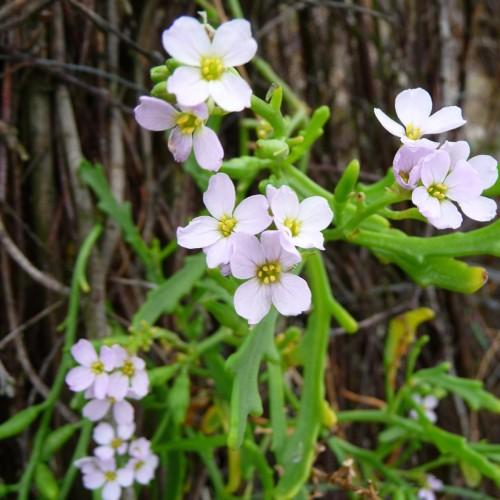
European Sea Rocket
Cakile maritima subsp. maritima
Watering:
Frequent
Hardiness Zone:
Sun:
full sun,part shade
Leaf:
Yes
Growth Rate:
Low
Drought Tolerant:
Yes
Salt Tolerant:
Yes
Care Level:
Medium
watering
American Sea Rocket should be watered deeply and regularly to ensure optimal health. It can be watered once or twice per week, depending on the temperature and humidity. For summer watering, it should be watered deeply to a depth of 6-8 inches. The soil should be allowed to dry out somewhat in between waterings. For spring and fall, when temperatures and humidity are lower, a light watering once or twice per week should suffice. In the winter, watering is not necessary as the plant goes dormant.
sunlight
American Sea Rocket prefers areas exposed to full sun for most of the day. It ideally needs at least 6 hours of sunlight per day in order to flourish. During summer months, the sea rocket will appreciate up to 8-10 hours of sunlight when possible. It is important to be aware that some heat may be beneficial to the plant, although it shouldn’t be in direct, harsh sun during the hottest period of the day (10 am to 4 pm).
pruning
American Sea Rocket should be pruned once or twice a year in the spring and summer. Pruning should remove any dead or damaged branches or stems and thin out the appearance of the plant. This form of pruning will help promote healthier, fuller growth and improve the overall appearance. After pruning, it is important to fertilize the plant to promote healthy growth. Prune selectively so that the plant does not become excessively thin and reduce its vigor. Pruning should be done carefully and not too aggressively. To ensure the plant's health, pruning should be done with sharp, clean tools and the leaves should be pruned before the flowers appear.
